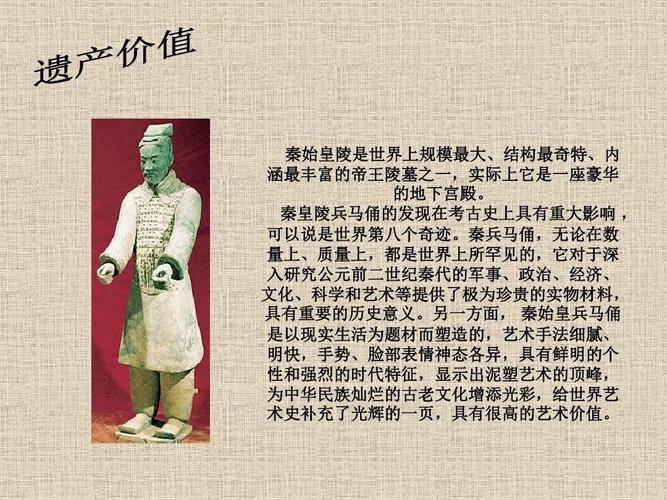
Who Created the Terracotta Army?
The Terracotta Army, a sight to behold, stands as a testament to ancient Chinese artistry and military ambition. Discovered in 1974 and recognized as a UNESCO World Heritage site in 1987, this vast collection of life-sized terracotta figures has captivated the world. But who was the mastermind behind this incredible creation?
Emperor Qin Shi Huang and His Vision
The mastermind behind the creation of the Terracotta Army was none other than Emperor Qin Shi Huang, the first emperor of a unified China. Driven by a desire to conquer death and rule for eternity, Emperor Qin Shi Huang conceived the idea of an army to protect him in the afterlife.
Qin Shi Huang ascended to the throne of the Qin state at the tender age of 13. By 221 BC, he had successfully unified the warring states of China, marking the beginning of the Qin dynasty. His reign was marked by ambitious projects, including the standardization of weights and measures, the construction of a vast network of roads and canals, and the initial construction of the Great Wall of China.
The Creation of an Army for the Afterlife
Believing in an afterlife mirroring the earthly realm, Emperor Qin Shi Huang commissioned the creation of a vast necropolis to house his tomb and ensure his power extended beyond his mortal years. The Terracotta Army, forming a crucial part of this necropolis, was intended to protect the emperor from any threats in the afterlife.
Work on the mausoleum began shortly after Emperor Qin Shi Huang's ascension to the throne and continued for nearly four decades. It is estimated that around 700,000 laborers and artisans were involved in this monumental project.
The Significance of the Terracotta Army
The Terracotta Army offers invaluable insights into the military organization, weaponry, and artistry of the Qin dynasty. Each figure, meticulously crafted with unique facial features, hairstyles, and armor, reflects the different ranks and roles within the Qin army.
The discovery of the Terracotta Army has significantly advanced our understanding of ancient Chinese civilization. The intricate craftsmanship, attention to detail, and sheer scale of the project highlight the advanced skills and resources available during the Qin Dynasty. The figures offer a glimpse into the military strategies and equipment of the time, providing invaluable information about ancient Chinese warfare.
The Legacy of the First Emperor
While Emperor Qin Shi Huang was a ruthless ruler, his reign marked a pivotal period in Chinese history. His unification of China laid the foundation for the country's future, and his ambitious projects, including the Terracotta Army, continue to inspire awe and wonder. The Terracotta Army, a testament to his grand vision, remains a symbol of China's rich cultural heritage and a source of endless fascination for people worldwide.
Q&A:
Q: When was the Terracotta Army discovered? A: The Terracotta Army was discovered in 1974 by farmers digging a well.
Q: Where is the Terracotta Army located? A: The Terracotta Army is located near Xi'an, Shaanxi province, China, within Emperor Qin Shi Huang's mausoleum complex.
Q: How many Terracotta Warriors are there estimated to be? A: It is estimated that over 8,000 life-size Terracotta Warriors, along with horses and chariots, are buried within the three pits that form the army's main assembly.